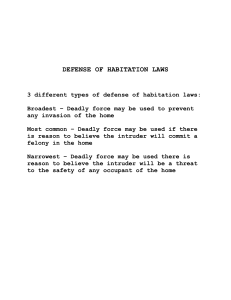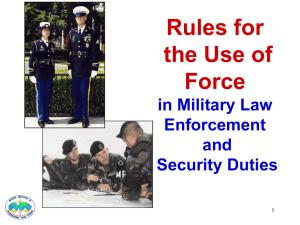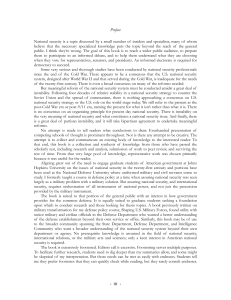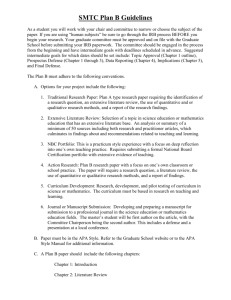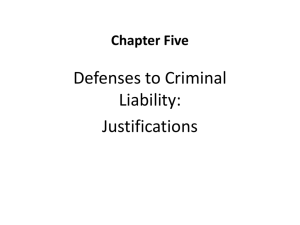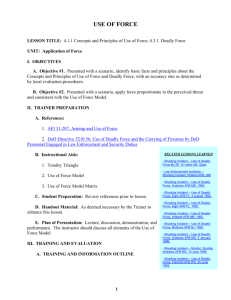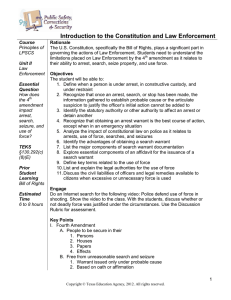Slides in Microsoft Word Format
advertisement
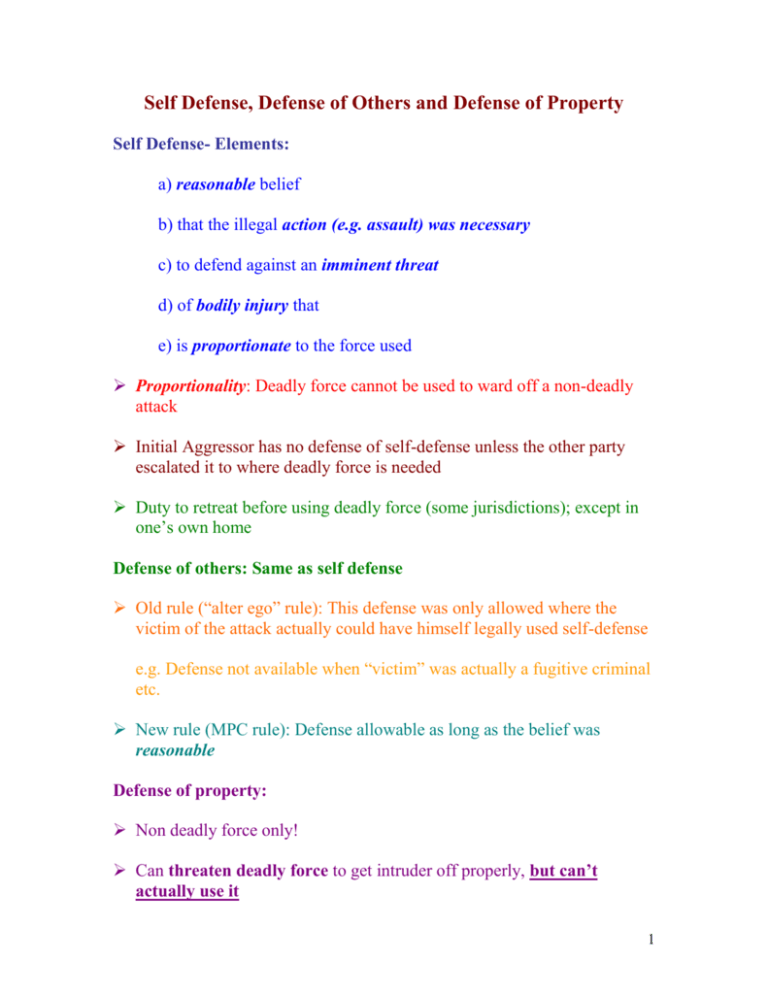
Self Defense, Defense of Others and Defense of Property Self Defense- Elements: a) reasonable belief b) that the illegal action (e.g. assault) was necessary c) to defend against an imminent threat d) of bodily injury that e) is proportionate to the force used Proportionality: Deadly force cannot be used to ward off a non-deadly attack Initial Aggressor has no defense of self-defense unless the other party escalated it to where deadly force is needed Duty to retreat before using deadly force (some jurisdictions); except in one’s own home Defense of others: Same as self defense Old rule (“alter ego” rule): This defense was only allowed where the victim of the attack actually could have himself legally used self-defense e.g. Defense not available when “victim” was actually a fugitive criminal etc. New rule (MPC rule): Defense allowable as long as the belief was reasonable Defense of property: Non deadly force only! Can threaten deadly force to get intruder off properly, but can’t actually use it 1 Use of Force to Effectuate Arrest and to Prevent Crime Police officers: Can use non-deadly force to prevent any crime or make any arrest Common law: Can use deadly force to stop a felony or arrest a felon MPC (modern rule): Can use deadly force only to stop the use of deadly force or to arrest criminal who used deadly force Reasonable belief that any of the above is true is sufficient Private citizens (citizen’s arrest) Same rules as above except reasonable belief is not enough - belief must turn out to actually be true for the defense to work! 2
